Gadolinium Deposition Disease Test
Gadolinium deposition disease test. However the safety profile and attendant medicolegal liability associated with GBCAs changed in 2016 with. There are two types of tests which might be used. Gadolinium is primarily eliminated via the kidneys so exposure can be prolonged in patients with renal insufficiency.
Gadolinium Exposure Disease may more properly. The study Physicians with self-diagnosed gadolinium deposition disease. Gadolinium deposition disease is a newly described and probably infrequent entity.
24-hour urine gadolinium test. Gadolinium lawsuits are mass tort claims concerning the adverse health effects from the retention of gadolinium in the brain and body after an MRI test. The test can be periodically repeated for progress monitoring.
Gadolinium deposition disease should be detected early so that it will respond to the therapy. Initial symptoms show immediately to few weeks. Where gadolinium deposition disease is suspected by a patient or a doctor testing for retained gadolinium is the next step in determining whether the symptoms are in fact due to the gadolinium contrast agent used for the MRI or MRA.
Where gadolinium toxicity is suspected by a patient or a doctor testing for retained gadolinium is the next step in determining whether the symptoms are in fact due to the gadolinium contrast agent used for the MRI or MRA. Why deposition and not retention or exposure or any number of other terms that relate to the interaction between host and Gadolinium. While urine testing may not be the definitive test to determine whether or not you are gadolinium toxic it is believed that test results for gadolinium that are consistently high are a positive indicator for gadolinium toxicity.
Because Gadolinium Deposition Disease is such a new diagnosis there is no standard way to test for it. This test allows detection of circulating gadolinium levels as compared to the blood sample. In this review we will address gadolinium toxicity focusing on these 2 recently described concerns.
Medical tests as they relate to gadolinium toxicity treatment and care plan for each individual affected person. Blood tests can also easily detect the presence of retained gadolinium.
The study Physicians with self-diagnosed gadolinium deposition disease.
Some of these effects are extremely debilitating including gadolinium deposition disease and nephrogenic systemic fibrosis though much still needs to be learned about the effects of gadolinium. This test allows detection of circulating gadolinium levels as compared to the blood sample. Similar pattern of differentiation is seen in other organs at higher Gd. Gadolinium is primarily eliminated via the kidneys so exposure can be prolonged in patients with renal insufficiency. This corporation is organized to operate and function as a nonprofit in regards to. 24-hour urine gadolinium test. Gadolinium deposition disease is a newly described and probably infrequent entity. The most consistent symptoms reported were a burning sensation brain fog fatigue distal paresthesia fasciculations headache and insomnia. Due to its paramagnetic properties chelated gadolinium is commonly employed as contrast media gadolinium-based contrast agents.
Gadolinium deposition disease should be detected early so that it will respond to the therapy. There are two types of tests which might be used. Some of these effects are extremely debilitating including gadolinium deposition disease and nephrogenic systemic fibrosis though much still needs to be learned about the effects of gadolinium. 24-hour urine gadolinium test. Because Gadolinium Deposition Disease is such a new diagnosis there is no standard way to test for it. GADOLINIUM DEPOSITION DISEASE GDD GDD results from receiving a GBCA injection during an MRI. In this review we will address gadolinium toxicity focusing on these 2 recently described concerns.


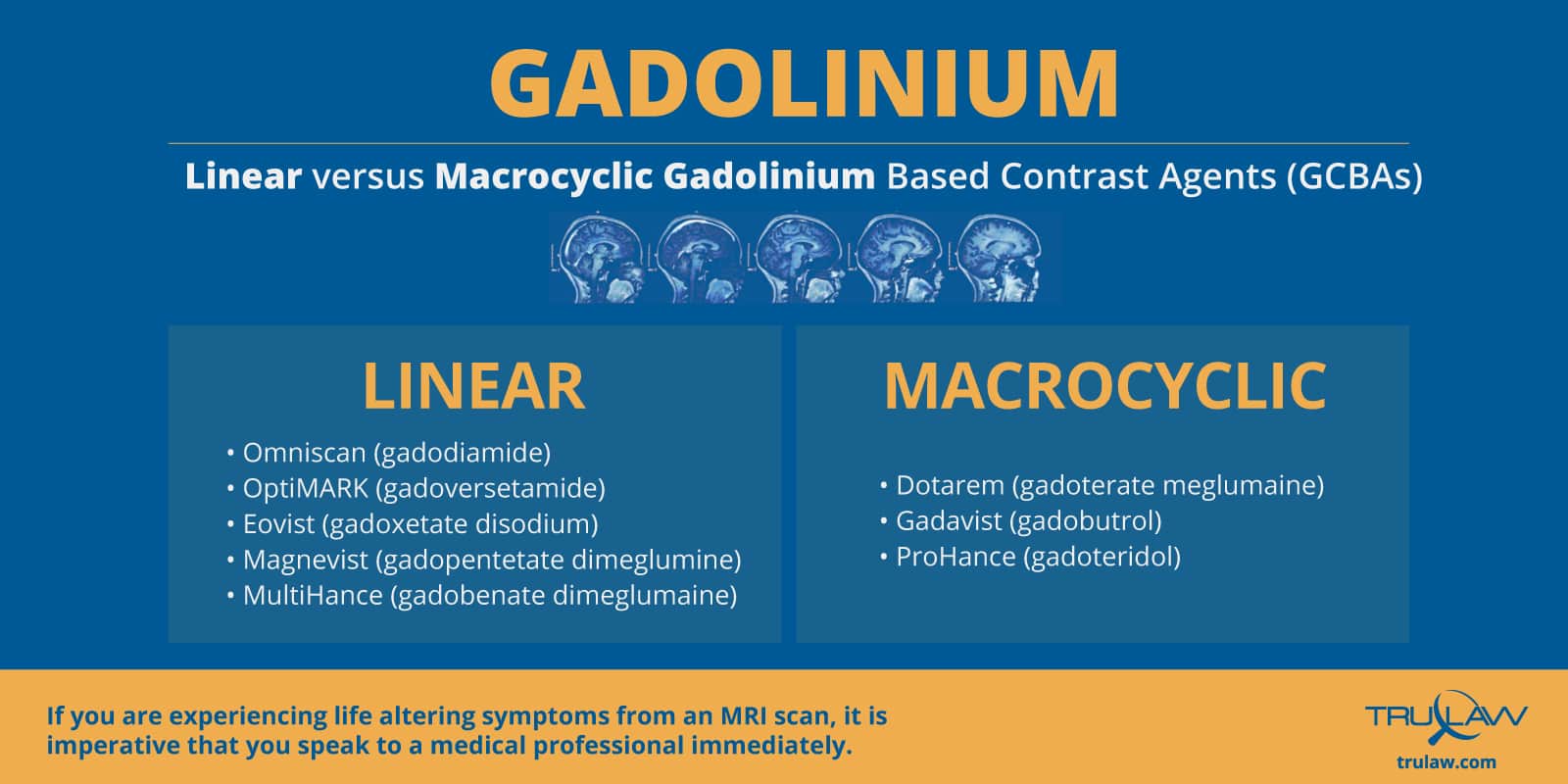
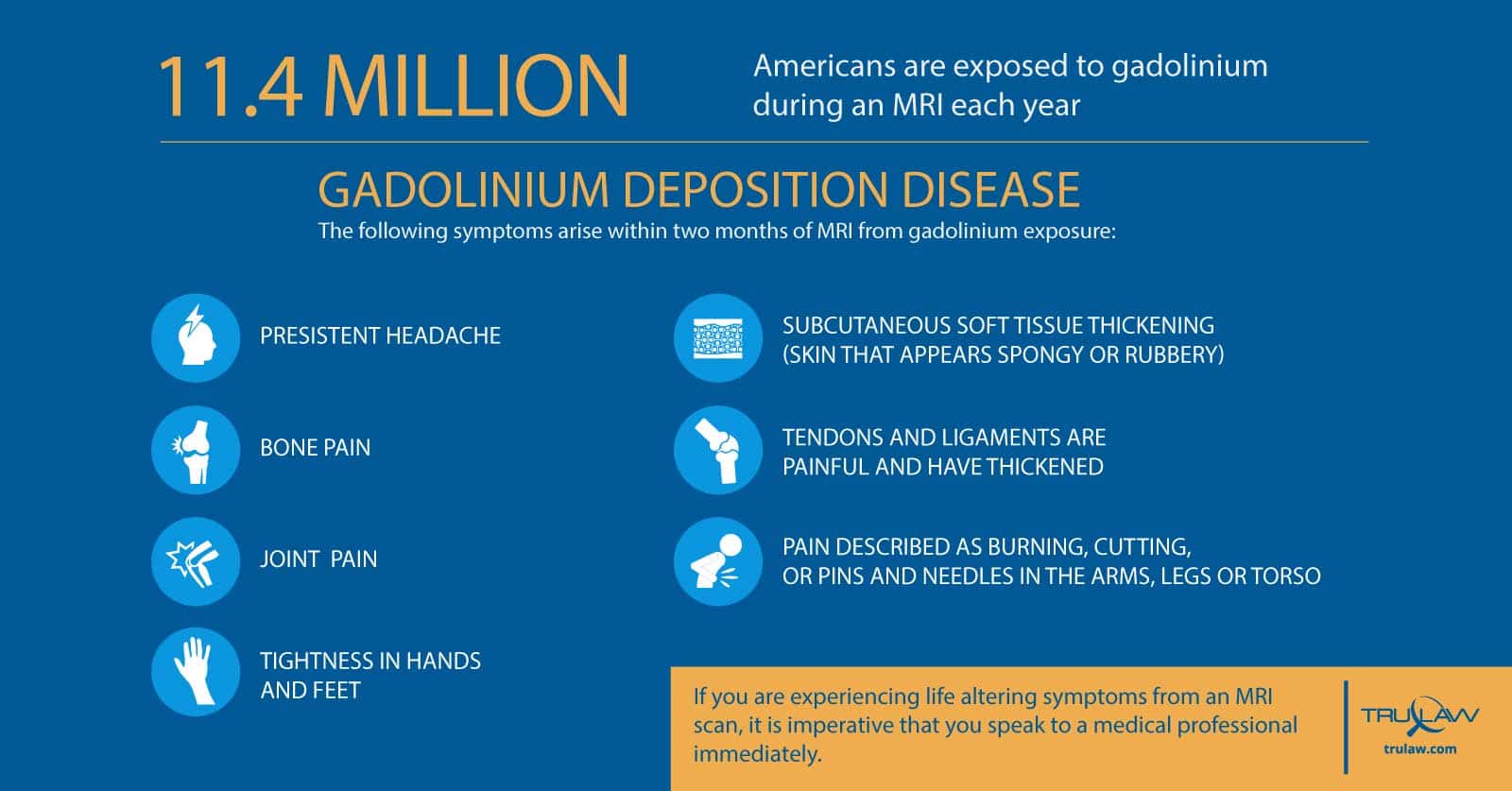


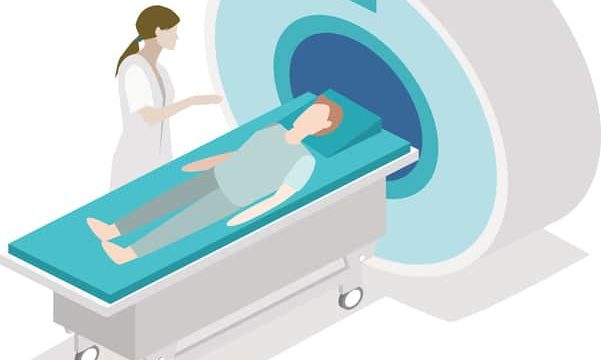

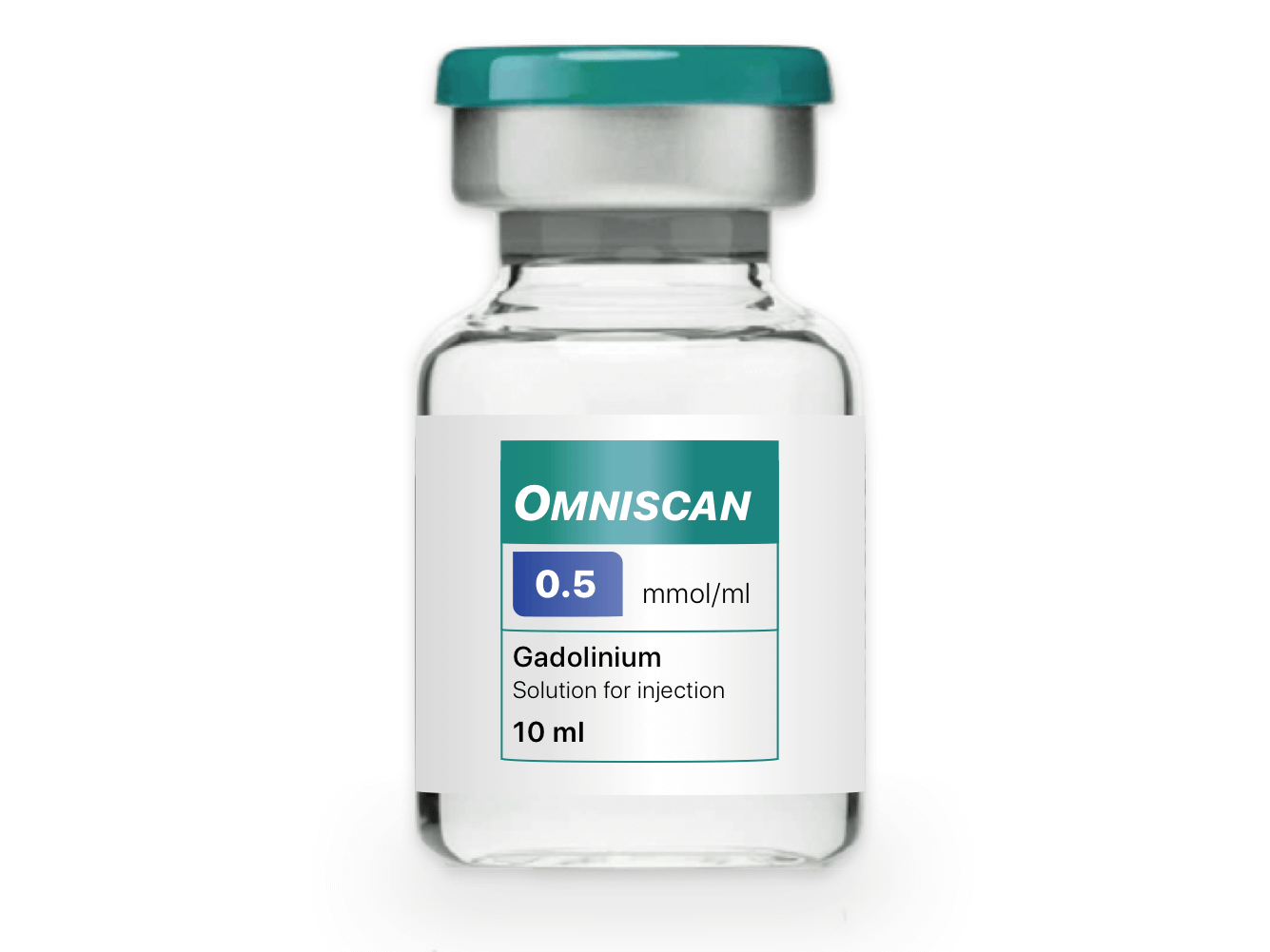
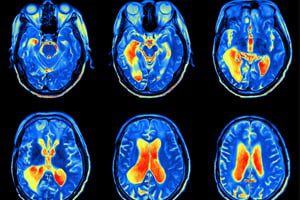





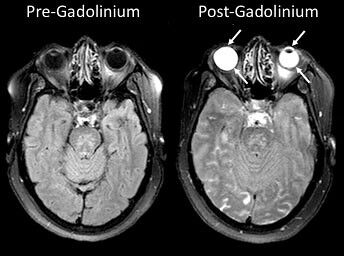




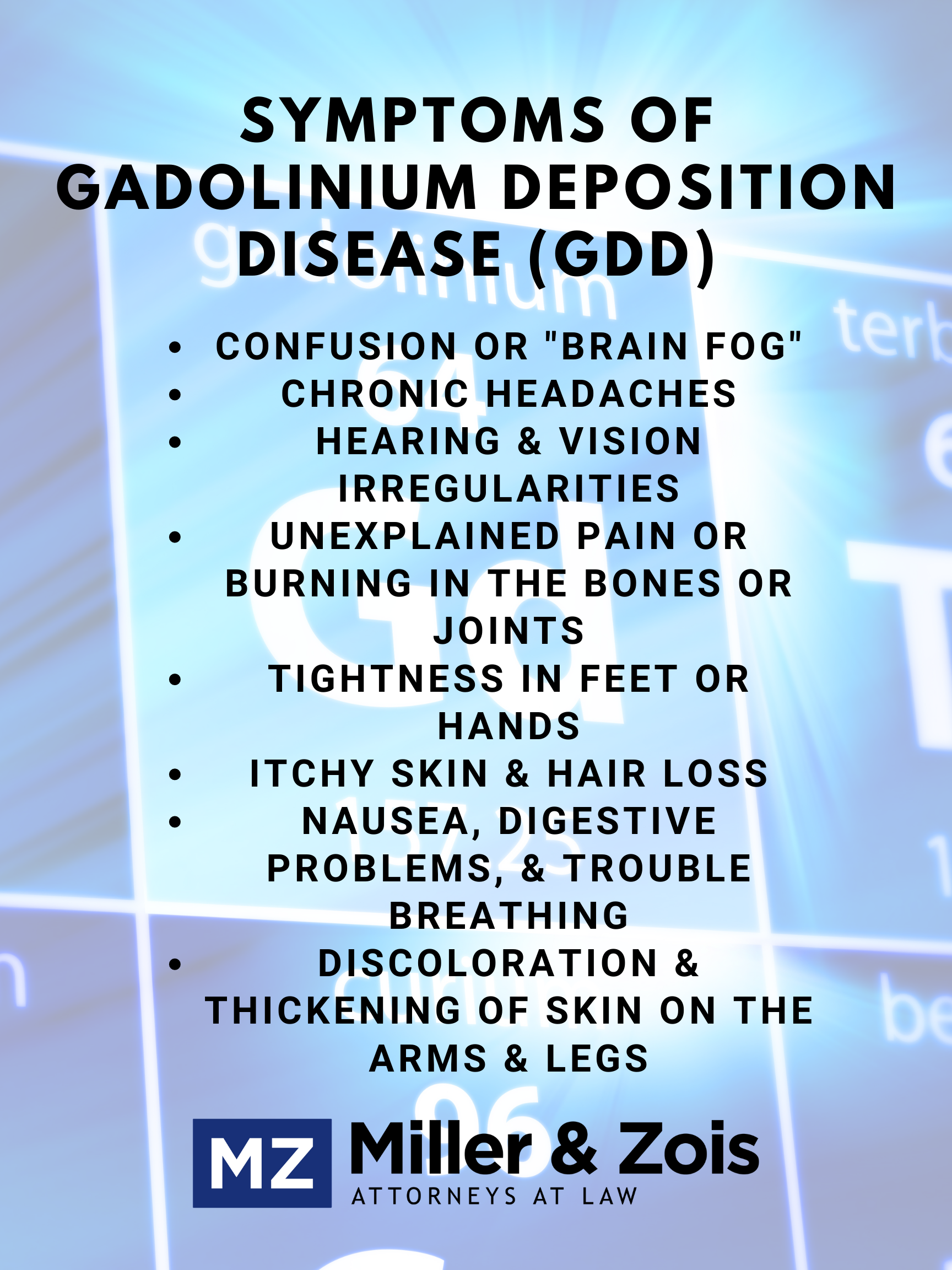

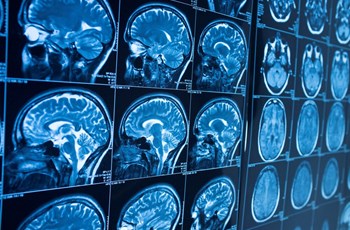
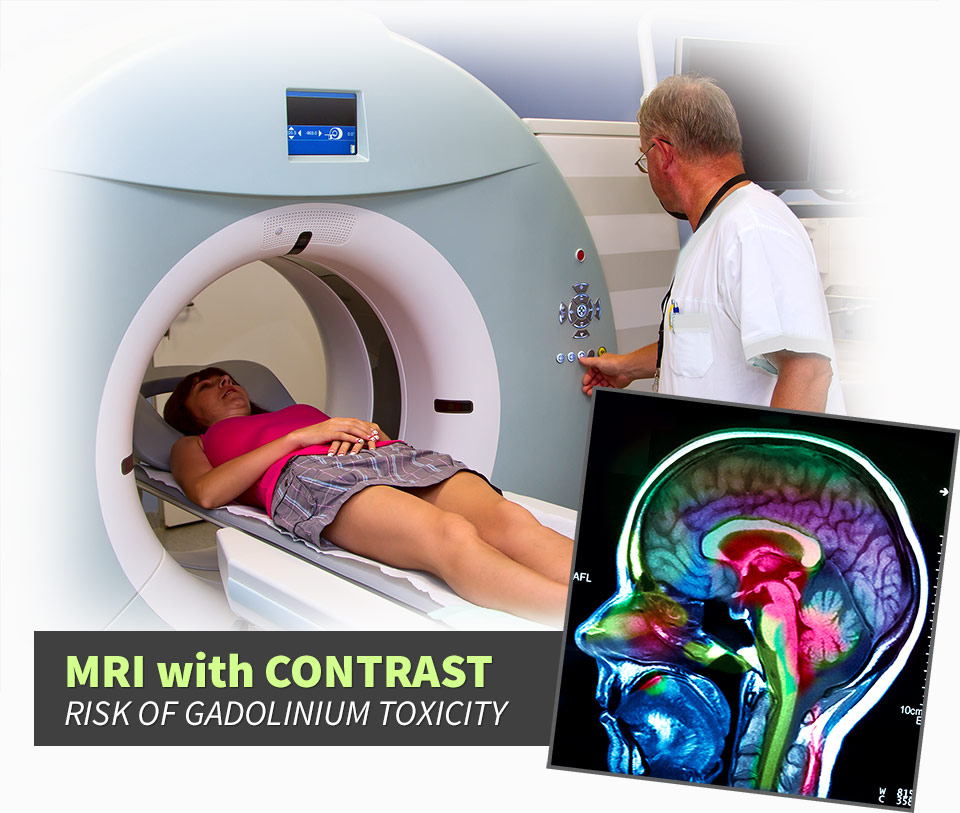

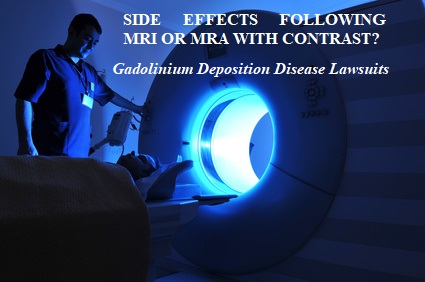


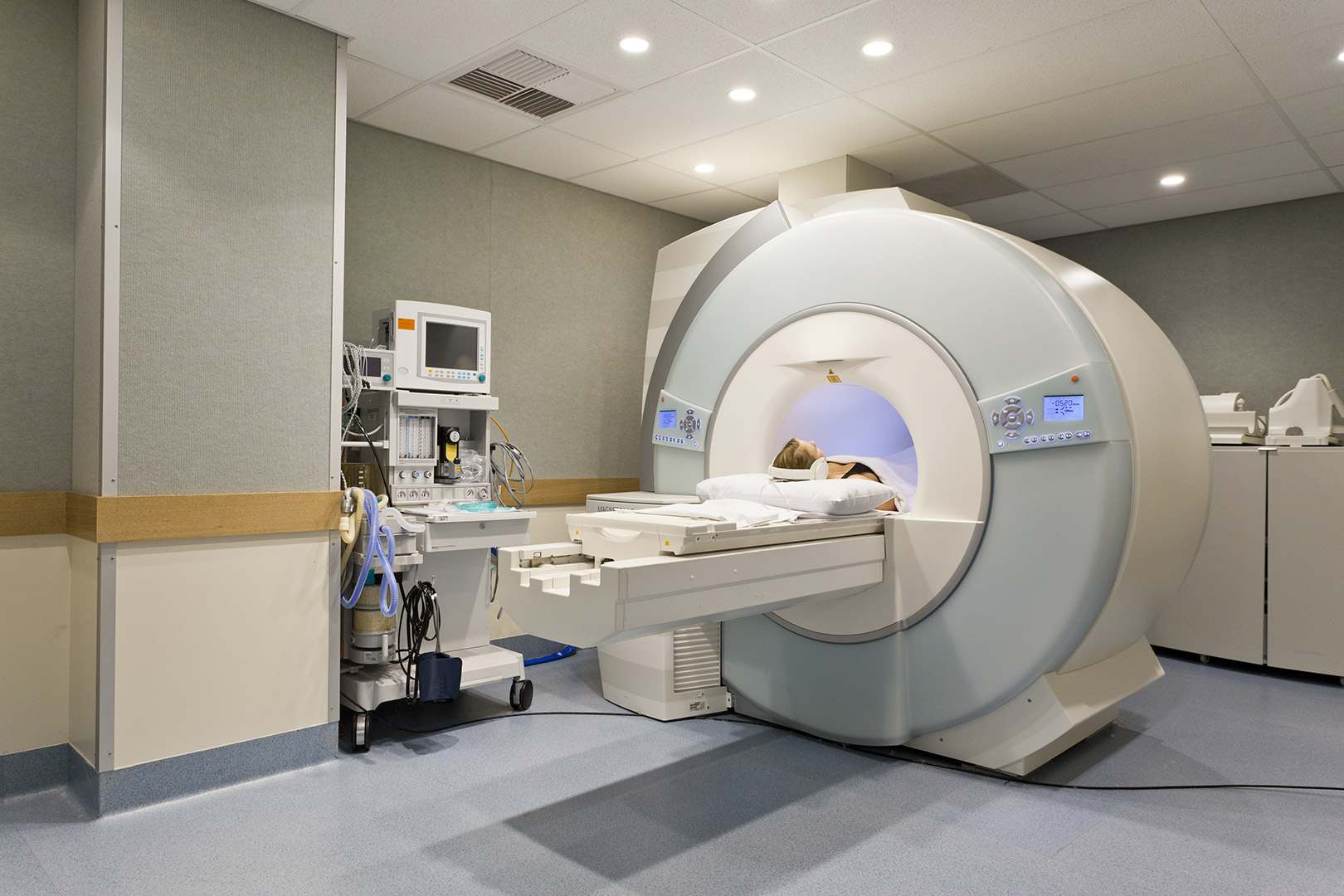






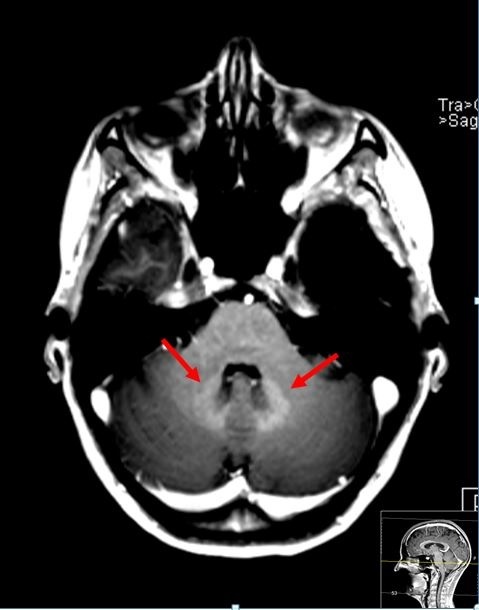



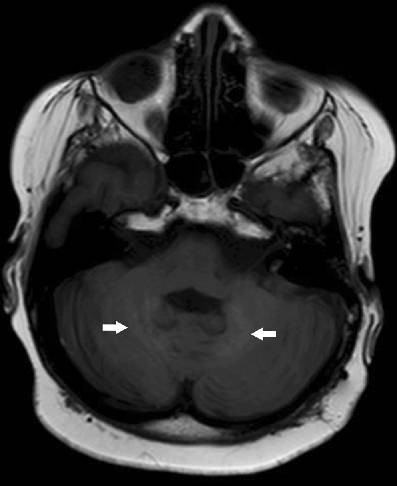
Post a Comment for "Gadolinium Deposition Disease Test"